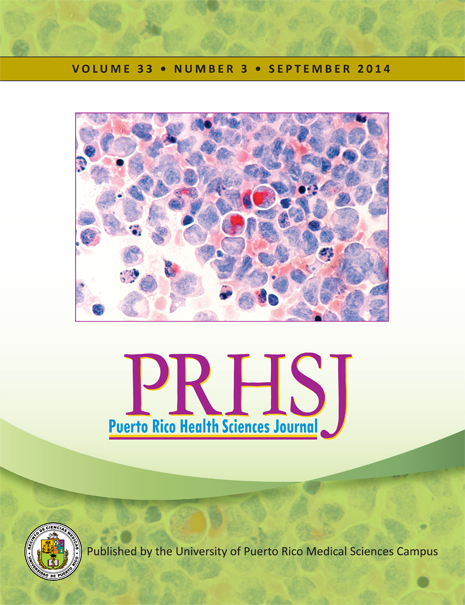Abstract
Objective: This study was intended to determine the incidence rate of warfarinrelated adverse events (e.g., bleeding) in Puerto Ricans and whether a genetic association between warfarin pharmacogenes and any of these adverse events was observed over the initiation period (i.e., the first 90 days of therapy). Methods: We conducted an observational, retrospective cohort study of pharmacogenetic association in 122 warfarin-treated, male, Puerto Rican patients (69.9 ±9.6 years) from the Veterans Affair Caribbean Healthcare System (VACHS) who consented to participate. Genotyping was performed using the CYP2C9 and VKORC 1 assays by Luminex. Event-free survival curves were estimated using the Kaplan‒Meier method and analyzed by log-rank test. Cox regression models were constructed and hazard ratios (HR) calculated. Results: Carriers of functional CYP2C9 and VKORC1 polymorphisms demonstrated a higher incidence rate of multiple adverse events (i.e., 5.2 vs. 1.0 cases per 100 patient-months; RR = 4.8, p = 0.12) than did wild types. A significant association was observed between multiple adverse events and carrier status (HR = 2.5; 95% CI : 1.0‒6.3, p = 0.04). However, no significant associations between genotypes and individual outcomes over the first 90 days of therapy were found. Conclusion: The association of CYP2C9 and VKORC1 genotypes and risks for adverse events due to exposure to warfarin was examined for the first time in Puerto Ricans. Despite a lack of association with individual events in this study population, our findings revealed a potential utility of genotyping for the prevention of multiple adverse events during warfarin therapy.
Authors who publish with this journal agree to the following terms:
a. Authors retain copyright and grant the journal right of first publication with the work simultaneously licensed under a Creative Commons Attribution License that allows others to share the work with an acknowledgement of the work's authorship and initial publication in this journal.
b. Authors are able to enter into separate, additional contractual arrangements for the non-exclusive distribution of the journal's published version of the work (e.g., post it to an institutional repository or publish it in a book), with an acknowledgement of its initial publication in this journal.
c. Authors are permitted and encouraged to post their work online (e.g., in institutional repositories or on their website) prior to and during the submission process, as it can lead to productive exchanges, as well as earlier and greater citation of published work (See The Effect of Open Access).
